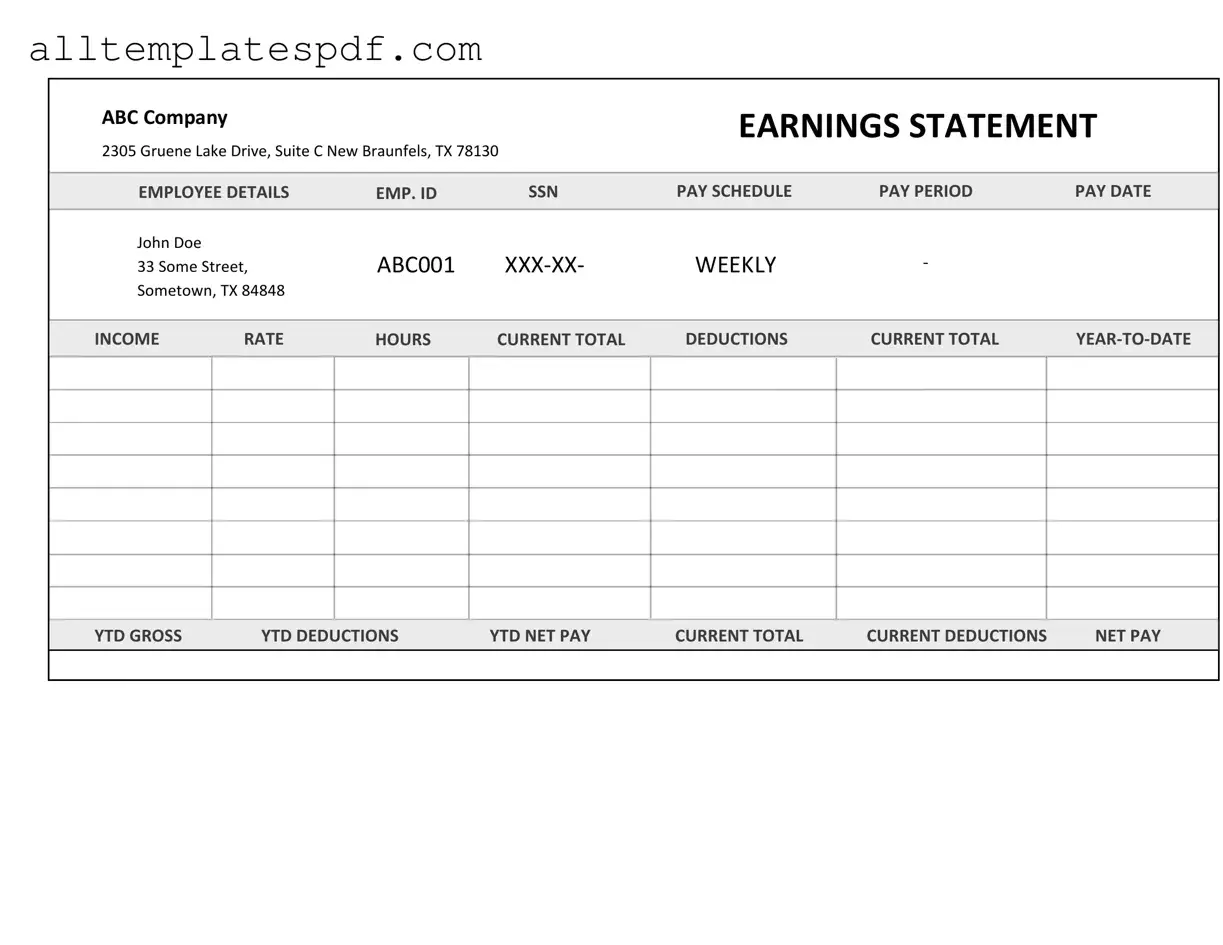Filling out the Independent Contractor Pay Stub form can be straightforward, but many people make common mistakes that can lead to complications. One frequent error is providing inaccurate personal information. This includes misspelling names or incorrect Social Security numbers. Such mistakes can delay payments and create issues with tax reporting.
Another common mistake is failing to include all relevant earnings. Independent contractors often work on multiple projects, and it’s easy to overlook income from a side job. Omitting earnings can lead to underreporting income, which could have tax implications.
People also sometimes forget to account for deductions. Independent contractors can deduct certain business expenses, but if these are not clearly itemized on the pay stub, it can complicate tax filings. Not detailing these deductions may result in a higher tax bill than necessary.
Inaccurate calculation of hours worked is another pitfall. Some individuals may miscalculate their total hours or forget to account for overtime. This can lead to underpayment or overpayment, both of which can create trust issues with clients.
Using the wrong pay period is a mistake that can cause confusion. Contractors should ensure they are using the correct dates for the work performed. This clarity helps maintain accurate records for both parties involved.
Additionally, failing to sign the pay stub can render it invalid. Some people overlook this simple step, thinking it’s unnecessary. However, a signature adds legitimacy to the document and is often required for record-keeping purposes.
Lastly, not keeping a copy of the completed pay stub is a significant oversight. Contractors should always retain copies for their records. This practice helps in case of disputes or for future reference during tax season.
